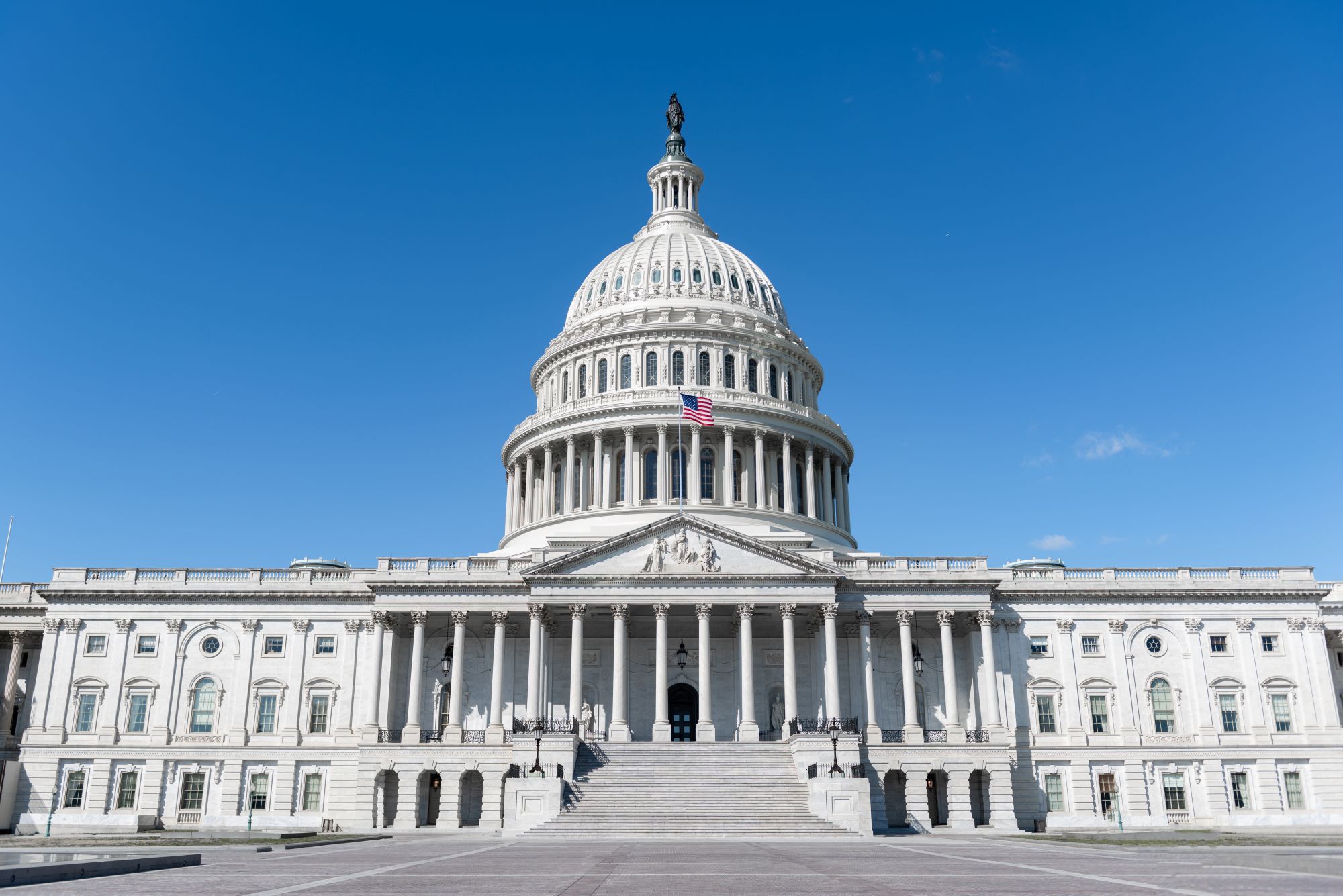How Much Energy is Your Eco-Friendly Hotel Really Saving?
Let's Save Energy
Alliance to Save Energy's Blog

Anyone who has stayed in a hotel recently is likely familiar with the leaf-adorned bathroom cards asking guests to “Save Mother Earth!” and hang up their towels if they do not need them to be washed, or signs reminding them to turn off the lights when leaving the room. But anyone who has stayed in a hotel recently is probably also familiar with air conditioners perpetually set at 68 degrees (I bet if you are a woman you bring along a sweater or jacket when attending conferences and meetings in a hotel even in the dead of summer) and TVs playing late into the night in empty lobbies.
These hotels tout how “green” and “eco-friendly” they are—but how much energy are they really saving?
The Low Hanging Fruit
According to a 2012 American Hotel and Lodging Association survey, 84% of the organization’s member hotels have a towel and linen reuse program in place. Only 24%, however, have energy management sensors in guest rooms.
It’s not that implementing minor, highly visible energy savings and efficiency measures like towel reuse programs have no effect—they certainly do. According to the Green Hotels Association, displaying signs asking guests to reuse their towels and linens can save a hotel 5% on their utility bill. Many hotels have also reported success with training employees to turn off lights and other appliances when they leave the room; reminding guests to do the same can only add to energy savings. But relying solely on these energy savings schemes—that largely fall upon the guest, without requiring the hotel to undergo deep retrofits or make any significant changes—only scratches the surface of the average hotel’s energy savings potential.
Fortunately, more hotels have started to go one step further, installing highly efficient light bulbs and low-flow plumbing fixtures. Marriott International, a leader in hotel sustainability, saved $6 million and reduced its greenhouse gas emissions by 70,000 tons in just one year by installing 450,000 compact fluorescent light bulbs, converting all outdoor signage to LED and fiber optic lighting, and implementing more energy- and water-efficient laundry systems.
Next Steps
For most hotels, though, there is still much more work to be done. These small-scale energy conservation projects have produced real results, but deeper retrofits and energy efficiency plans are necessary for hotels to meet their optimal cost and energy savings potentials. Water heating, for example, accounts for more than one third of the average hotel facility’s energy consumption; using commercial heat pump water heaters or heat recovery systems can make a huge dent in a hotel’s energy consumption. Installing high-performance windows, motion sensors or other load-reduction measures, and ENERGY STAR-certified appliances are only a few of the other ways that hotel owners can drastically increase their energy productivity. As the Proximity Hotel in Greensboro, North Carolina—the first LEED Platinum certified hotel in the U.S., which has cut its annual utility costs by $140,000—demonstrates, implementing major energy efficiency programs simply make sense.
STAY EMPOWERED
Help the Alliance advocate for policies to use energy more efficiently – supporting job creation, reduced emissions, and lower costs. Contact your member of Congress.
Energy efficiency is smart, nonpartisan, and practical. So are we. Our strength comes from an unparalleled group of Alliance Associates working collaboratively under the Alliance umbrella to pave the way for energy efficiency gains.
The power of efficiency is in your hands. Supporting the Alliance means supporting a vision for using energy more productively to achieve economic growth, a cleaner environment, and greater energy security, affordability, and reliability.



